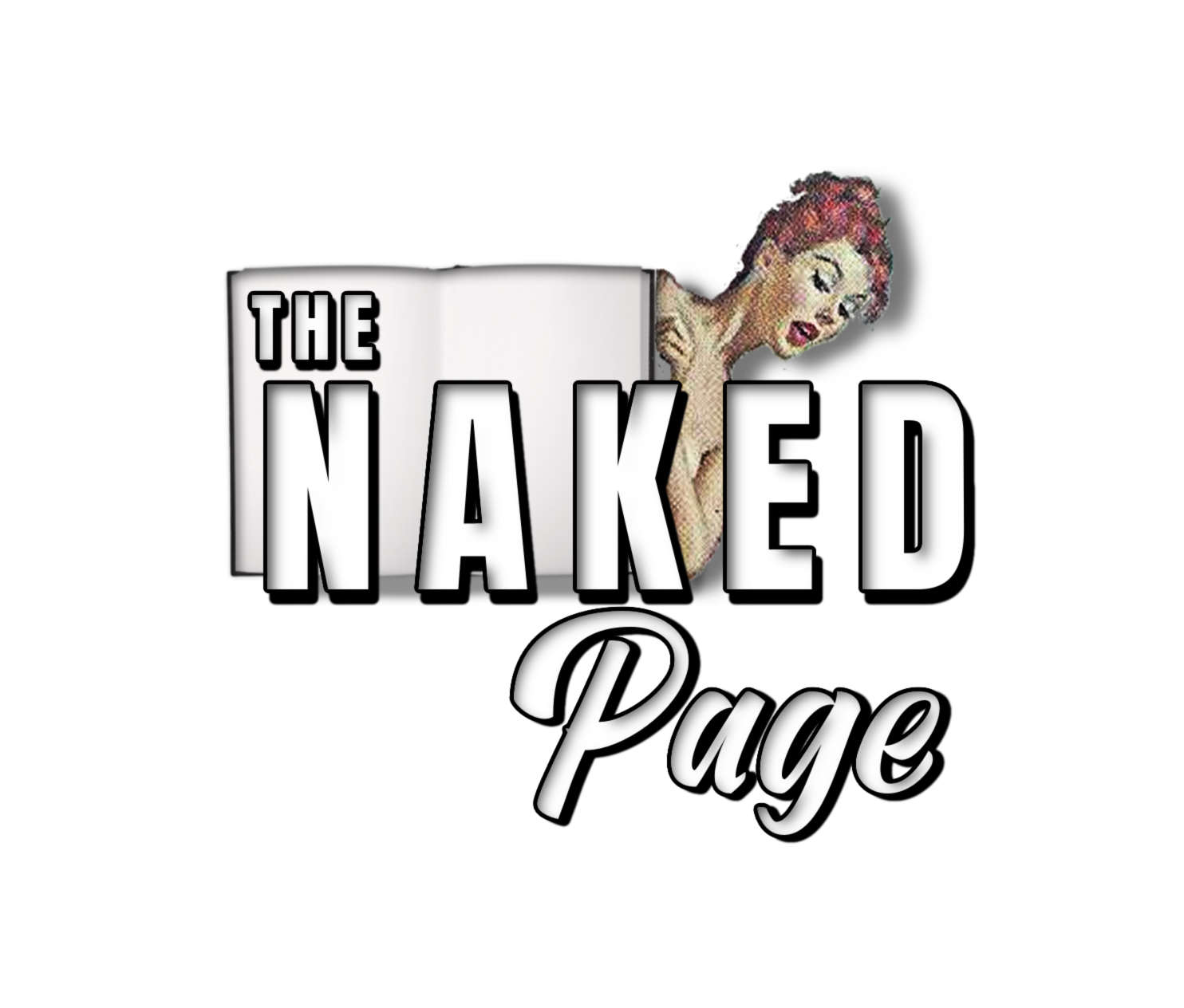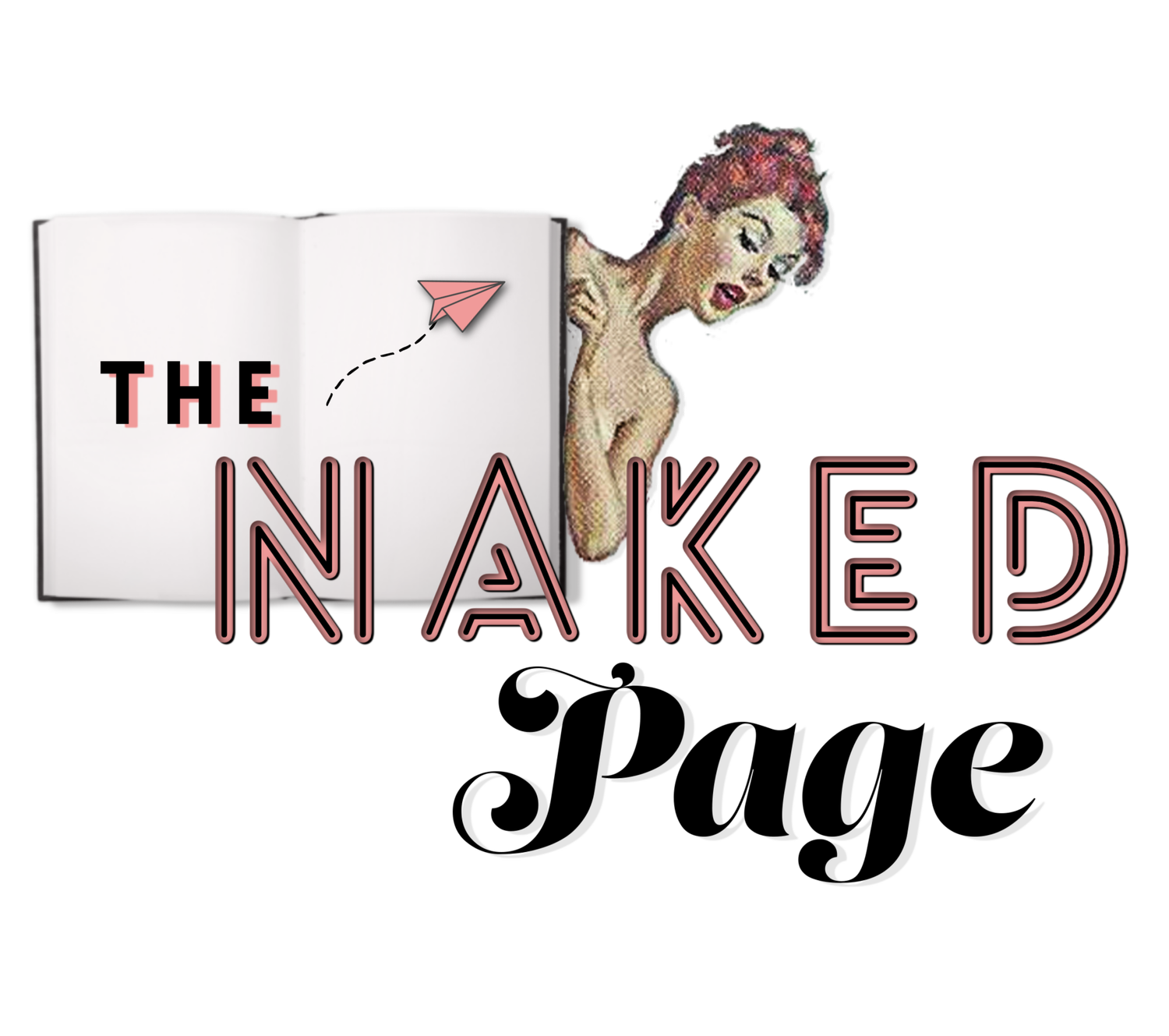Writers Who Need Readers Who Like Writers
Let’s play a drinking game.
Never have I ever: shared on Twitter.
OMG! STOP IT! Before you pull out that shot glass, wait a damn minute.
Yes, I’ll do the head down, behind the 8 ball walk of shame for lack of social media exposure. I know I’m waaaaaaaay late to twatting.
Look, I had Twitter trouble in the early years, okay? I could never get my longwinded words to smash down into that 140-character limit.
Then I got hacked.
I disabled my account and moved on.
In 2014 after I had a miscarriage, I decided to give my online editing business another go. I set up a Twitter account & boom—I got pregnant again. Now I have a mini me who won’t stop invading my computer time.
I’ve had a lot of ups and downs with posting my tweets.
But who cares, right?
Surprisingly, the Twitterverse.
“Writers need readers.”
I know! It made me do a double-take, too.
We live in a world that’s overly focused on the scarcity model. So much so, it’s shocking to find a group that cares. This kind of thinking isn’t helpful, but it’s the universal standard. And it’s no different in the writing world.
That’s why it’s so refreshing to discover that the #WritingCommunity on Twitter operates as if there’s plenty of goodness to go around.
A Twitter writing follow started up last week, thanks to @CamillaWrites. So far, I’ve connected with 2,500 new followers in the last two weeks. I’ve found some of the most insightful and cooperative people in cyberspace.
Overwhelmed by the generosity, I wanted to promote other writers. But how?
I had to use what I know: Writers need readers.
Not just your ideal readers—those raving fans who will buy everything attached to your brand and follow you off a mountainside. But you’ll also need a slew of readers and editors before you get published.
I’m polishing up my latest eBook How to Train Your Beta Reader. I’ve written so many strategies on how writers can get the right feedback from a reader. But what I failed to consider was where a writer finds these readers?
Dun, dun, dun.
Enter the Twitter twist.
Writers can get tons of support on the Twit machine, but how do you get readers’ attention in a sea of other writers? This is such an important step, I didn’t want any writer to overlook it.
So, I did a thing.
I really did.
Me, the “don’t look at me, I’m not quite ready yet” queen.
I did the unthinkable. I got out of my comfort zone and I made a pinned post. An all call for beta readers, editors for hire, and the writers who need them.
The thread has grown some wings. Writers are hooking up daily to swap writing or find the readers they need.
I’ve also added lists for beta readers and specific editors: developmental, line, copy, and proofreading.
Hell, we even have people who will read and write reviews for your self-published book. And someone who is a submissions editor for an Indy Publishing House.
Truth is I’m obsessed with the editing phase of writing— abnormal as it may be.
“You can fall in love with editing.”
Twitter made me take a closer look at how many writers don’t love editing. Most writers stick editing somewhere between the gum on the bottom of their shoe and Dante’s 9th Circle of Hell.
I’m not surprised.
Hey, I’m a writer, too. I get it.
But as I began to fully understand the editing process, I became obsessed with it. Plus, I got used to being what everybody hates—a high school teacher, a flight attendant—why not throw editor in the mix?
Trust me when I say, you can fall in love with editing, too. You’ve just gotta find great readers.
Building connections is the first step in that process. How’s that? A good beta reader or editor will give you both constructive and compassionate criticism. They’ll understand the goal is to help you develop the best story you can write, not to bash you as a literary critic. The connection is key.
And that’s why I’ve been working to connect people and build these lists.
I don’t ever want to hear that writers can’t find readers again.
If you’re in need of a beta reader or editor of any kind, I will work to help you find the right person.
But as a writer, you must do 3 things:
Learn to self-edit your writing first
Realize nobody wants to read your journal entries.
It’s essential you don’t stop after the free-writing phase. You must learn how to read for yourself.
Read your work out loud and learn to hear how your story sounds to others. Check out my blog post Who Should Read Your Writing First for a technique called double tracking.
Find a few good beta readers who will read your writing for free
Enlist beta readers who really love to read (not just writers).
If an entire manuscript is too weighty for one reader, split it into sections and ask different readers to give feedback on different literary areas.
Prepare in advance so your beta readers give you useable feedback. (More on this in my upcoming eBook.)
Don’t enlist editors at this stage. Look for people who will mirror your ideal reader’s interest.
Learn to work with editors
Get a feel for what it’s like when a developmental editor re-imagines your story structure.
Consider working with a line editor who will amp up your writer’s voice and focus on flow.
Working with a few hired editors will help you learn to craft a marketable manuscript that can be shopped to agents, and publishers, or will increase self-published sales.
In the process of connecting writers to beta readers, some debate about pay cropped up.
The best rule of thumb is:
Beta readers usually read for free. They aren’t editors.
Editors typically charge for their services. They're professionals.
Not all editors are proofreaders.
Sounds like one of those 80s IQ tests, right?
Nope, just a list of best practices to fend off misconceptions. There’s always wiggle room for some rule-bending or even breaking.
For instance, most beta readers are readers, not editors, so they usually volunteer their time to read because they have a love for good stories.
But someone mentioned the great feedback they got from The Spun Yarn, a paid service.
I believe beta readers should read for free, but even I have to admit The Spun Yarn is a great option for new writers looking to get feedback on their work. You’re paying for the convenience of a company finding readers for you. You’re also paying to get readers who are trained to use a consistent style of critiquing.
If this looks like a viable option for you and you can afford it, go for it!
But there are ways to get good feedback from free beta readers, too. That’s the standard.
Realize you have options at every price point.
Now if you’re hiring a professional editor, you’ll need to be prepared to pay their fees. And rates can vary considerably.
I, a developmental editor, must raise my right hand and tell the truth and nothing but the truth—that I’ll never make a good beta reader. I’m a great editor, but my brain can’t function as a reader anymore. I dig in for deep edits only. Once I have a look at a manuscript, my gears start turning and I can’t pause the process until the story is fully structured.
Think of a developmental editor as a story coach. I don’t just red-mark a document. I hold a writer’s hand as we move through the process of telling their most compelling story. There are uplifting parts, sure. But developing your best memoir means journeying through a dark night of the soul.
It can sometimes feel like therapy. There is both emotional and technical work for the writer and for me.
That means I don’t work cheaply.
But not every editor follows this train of thought. An editor of fiction won’t need to help you dredge up past memories, so they can focus strictly on the story, not you.
And some editors stick to red-marking a document without all the extra emotional support. These kinds of editors may work at lower rates. Additionally, you can find writers learning how to become editors. Someone trying to build an editing portfolio may work for little or for free.
But please, please, please don’t assume that all editors are proofreaders. Or all you need to do is write a rough draft and then get a proofreader to fix your typos. That kind of editing will have you misspelling D-I-S-A-S-T-E-R all over your manuscript.
You need to work with readers and editors who have a vested interest in you telling your best story first.
Proofing is the last step and it’s the icing on the cake.
As with everything else in writing, there’s no one-size-fits-all. Figure out what works for you. Try out different collaborations. That’s the key. Find a working relationship that feels fated. One where you as the writer get the feedback you deserve, but there’s value for the reader, too.
What’s that value?
A compelling story that your reader would want to buy is a great definition of value. Manuscripts aren’t expected to be perfect at this point, but keeping a reader’s interest will go a long way. Give them bang for their— um, free reading of your manuscript!
And when it’s time to pay for an editor, shop around. Ask what kind of editor they are. What genre do they prefer to work with? Ask if they give sample edits at a reduced rate. This will help you find a good collaboration.
An investment in writing is an investment in you. Whether that’s with a volunteer reader or a hired editor. You need someone that clicks. A partner.
Check out groups like Read & Review.
Take a look at beta groups on Good Reads.
Invest in feedback at The Spun Yarn.
Or come follow the beta reader/editor thread on Twitter. (YAY! I made this one, so ask me any questions you’ve got.)
Realize you’ve got options.
No matter where you’re at in the process, what genre you write, or what you can afford. There’s a reader meant for you.
What kind of reader do you need right now?


